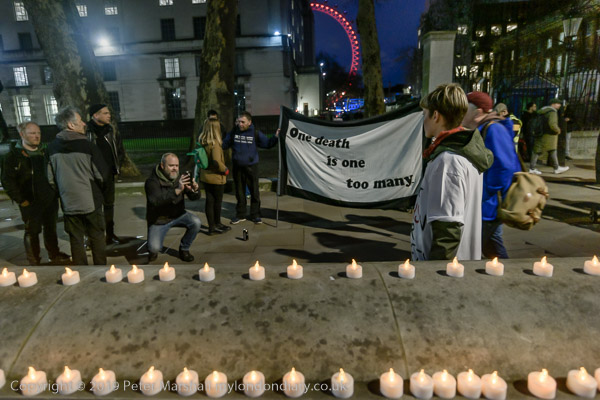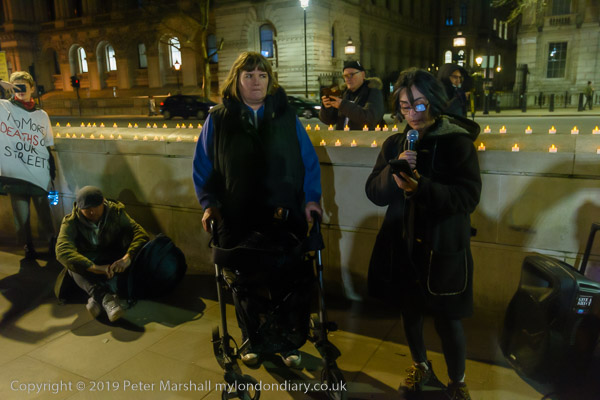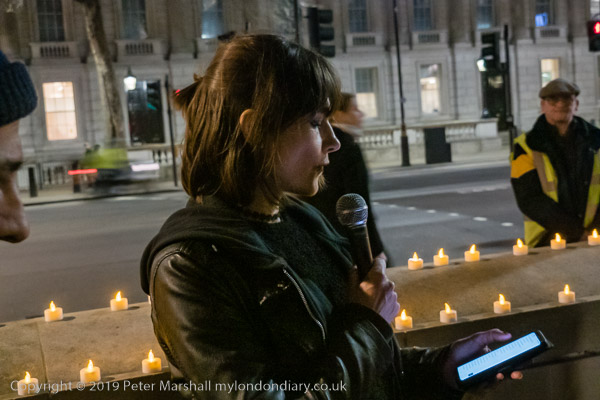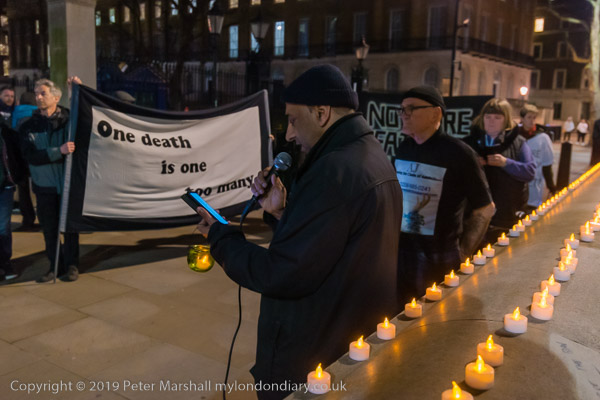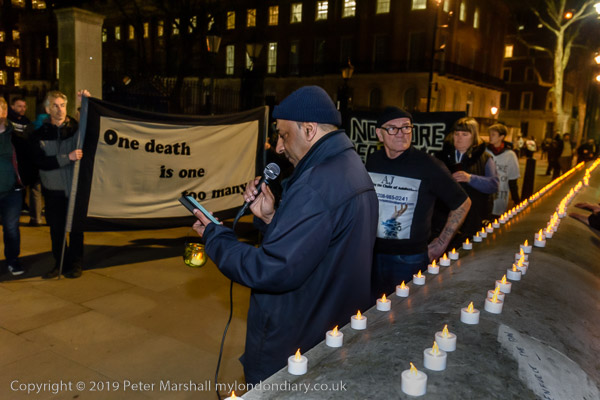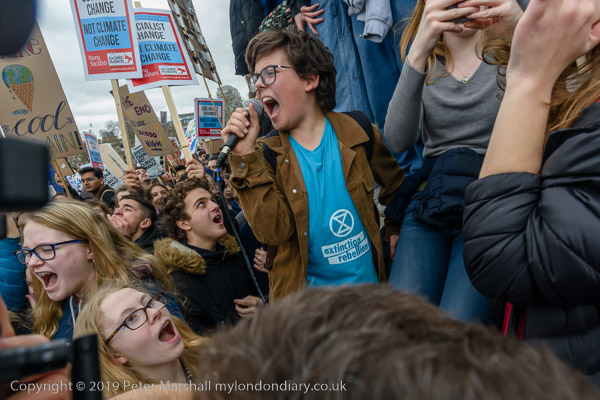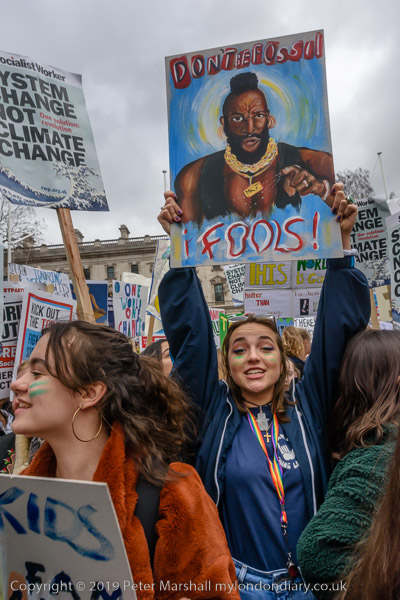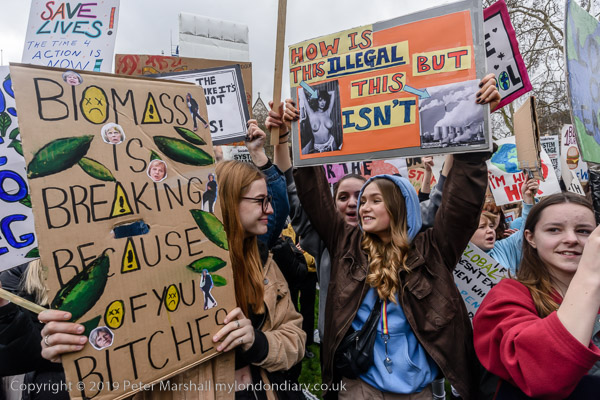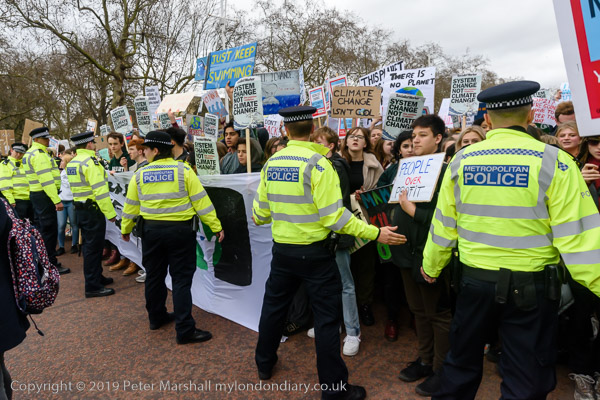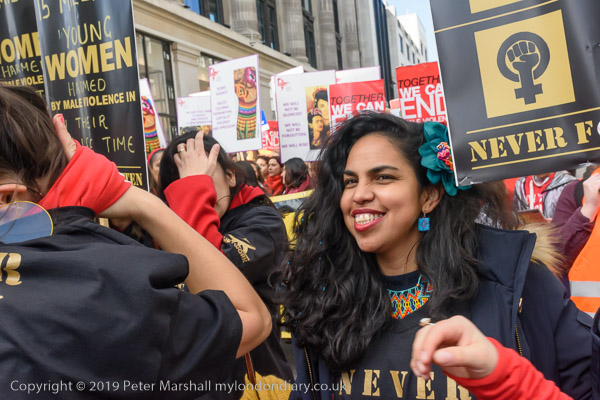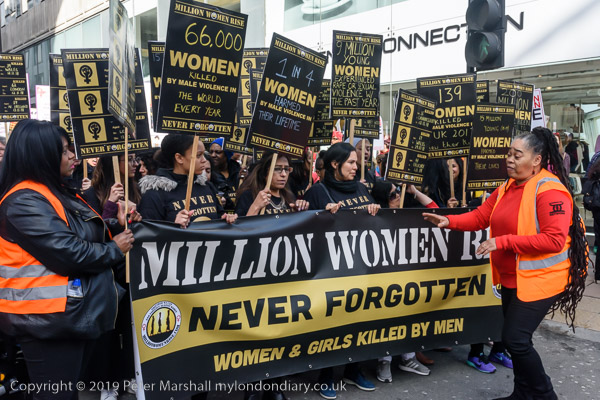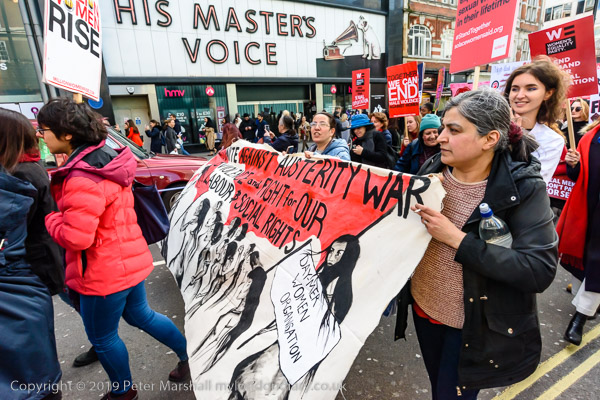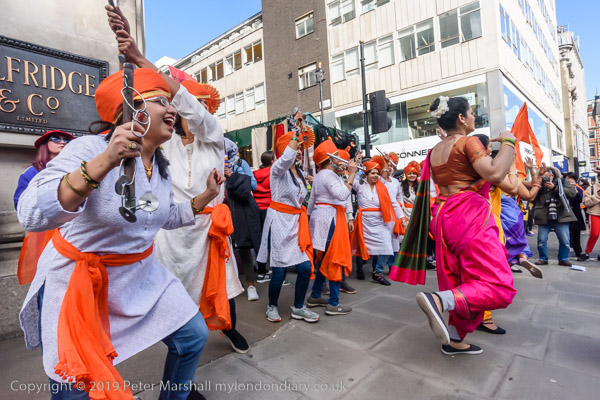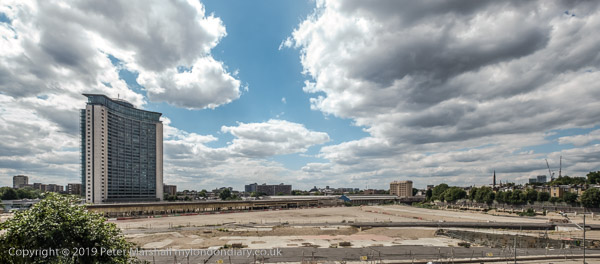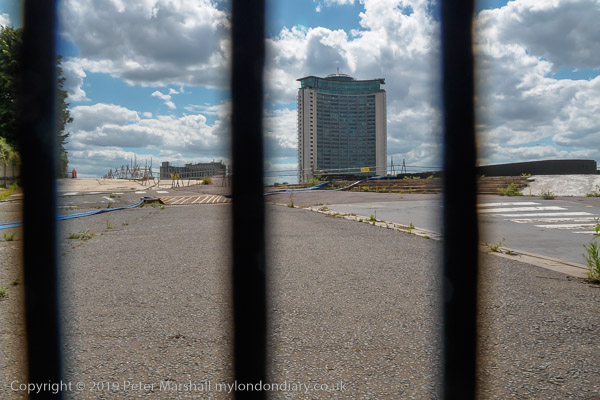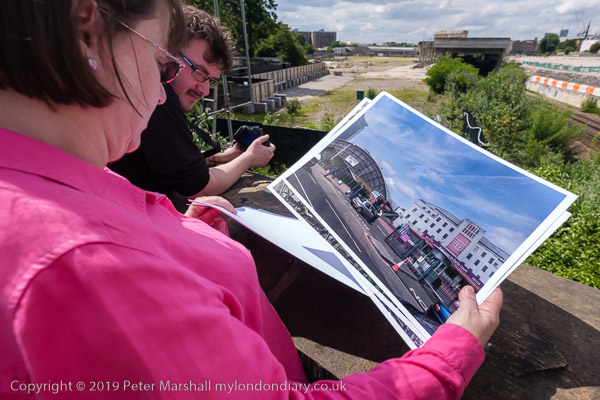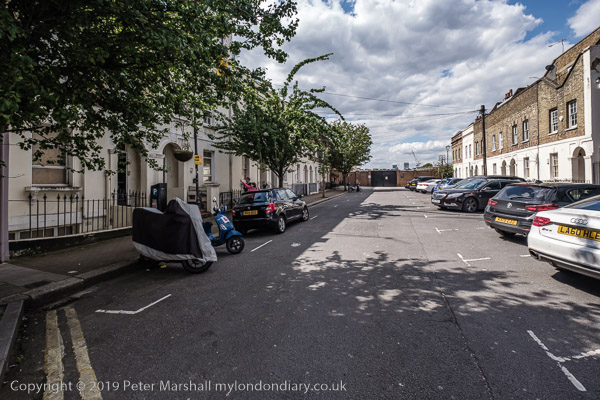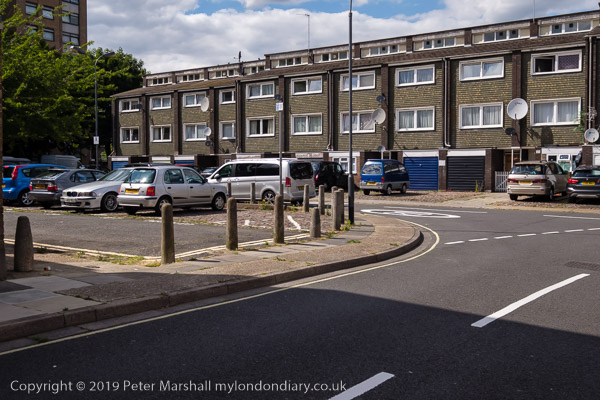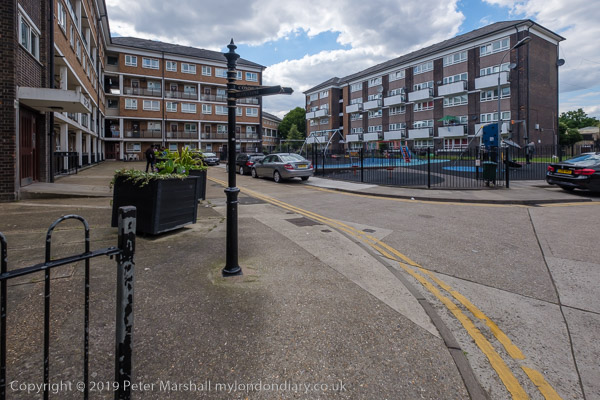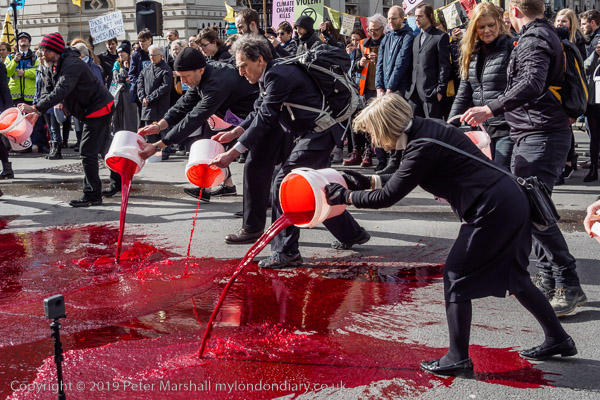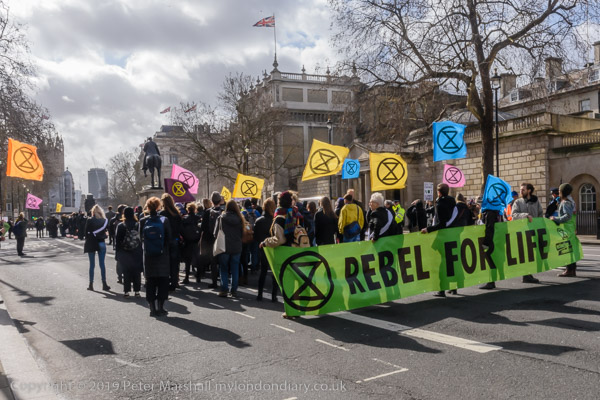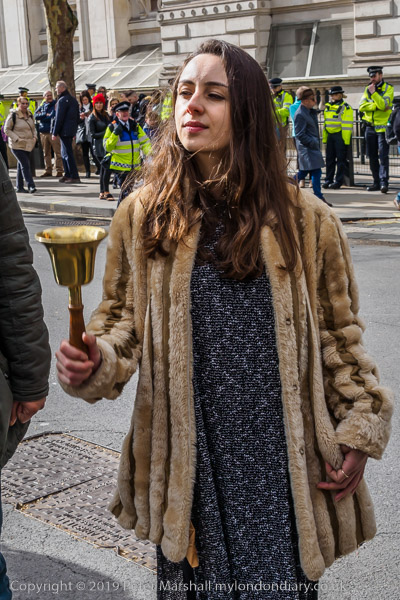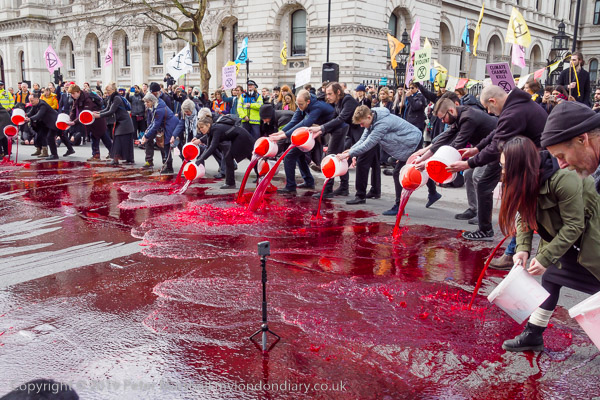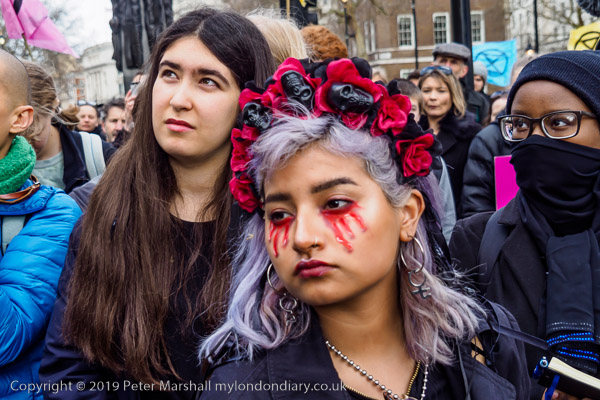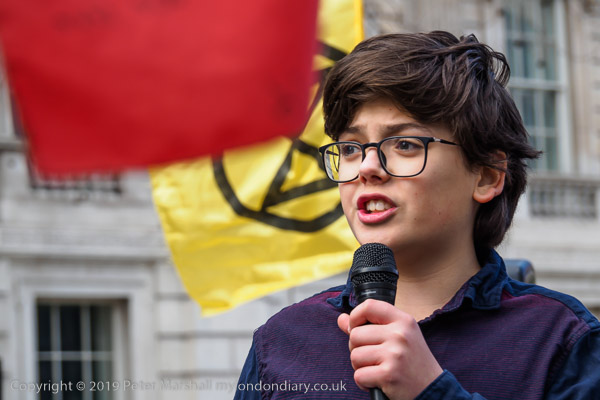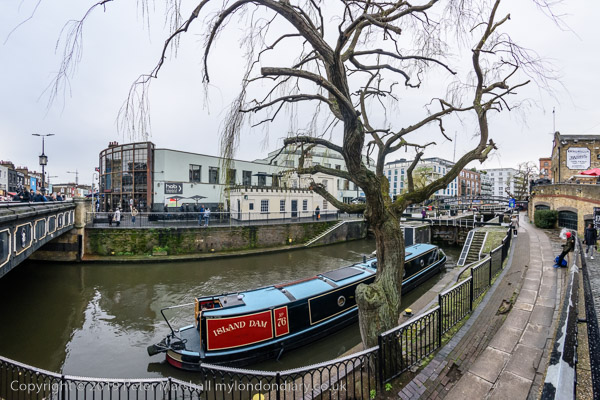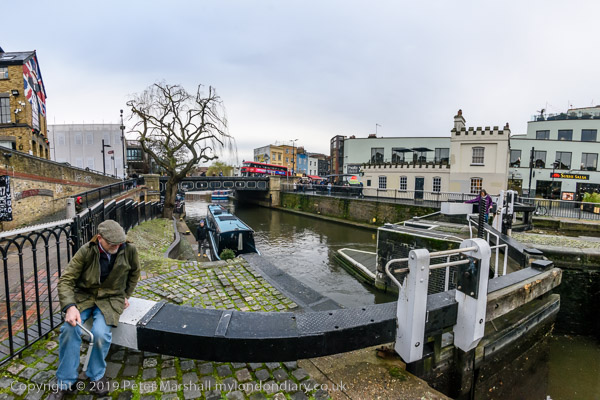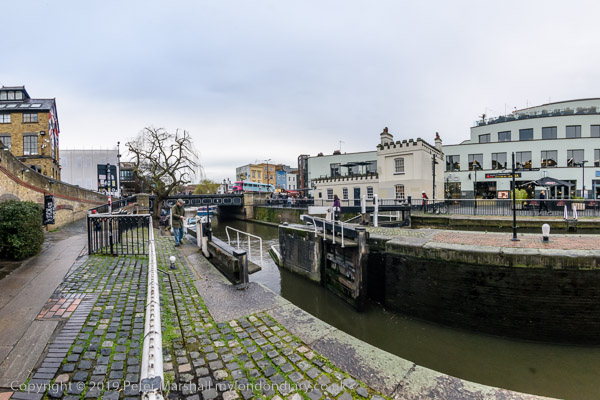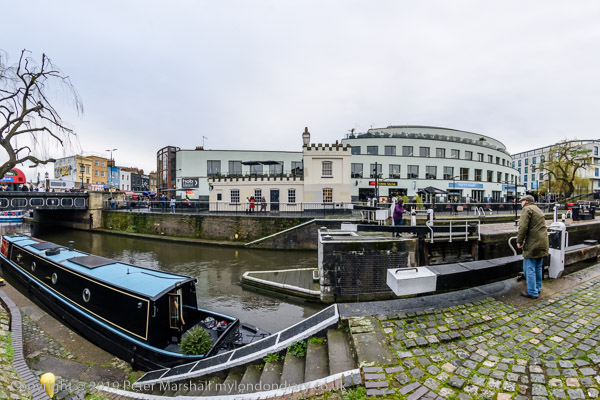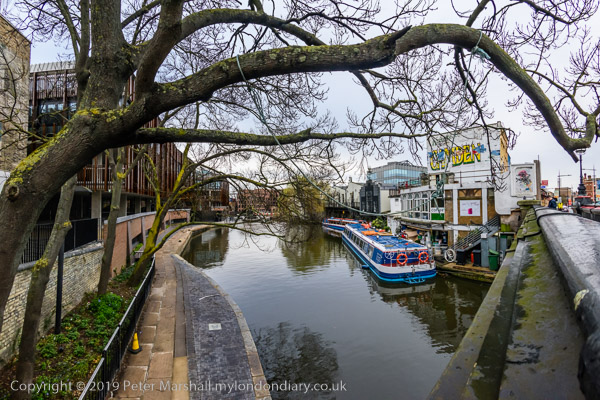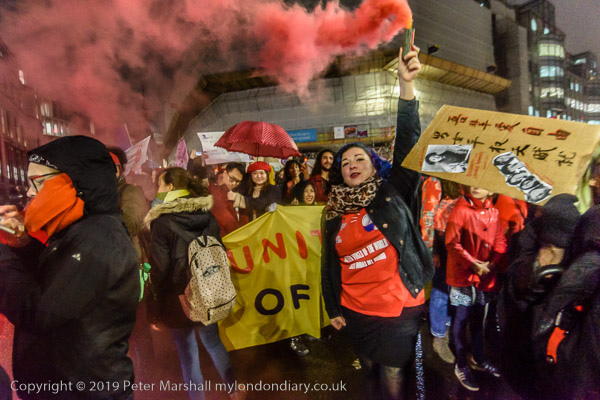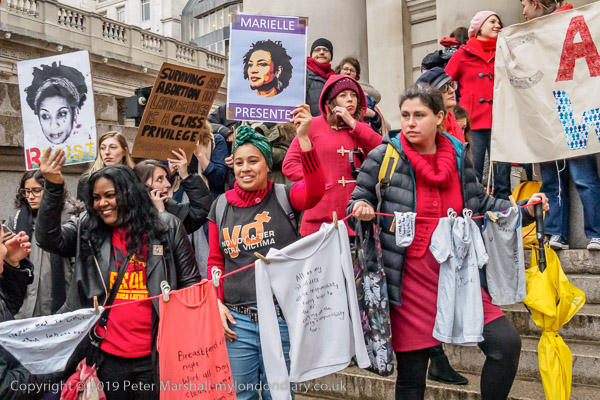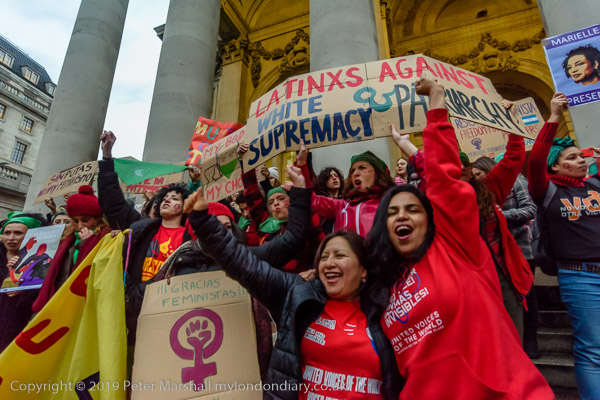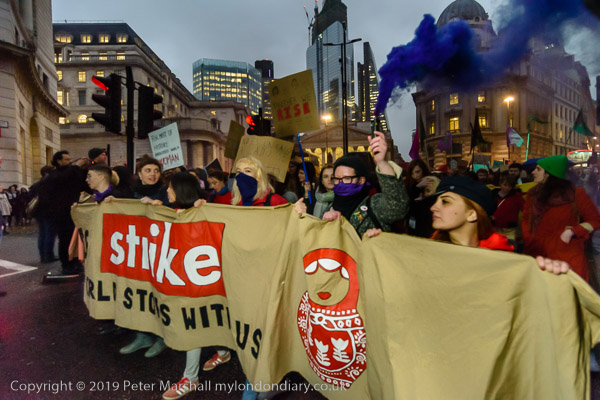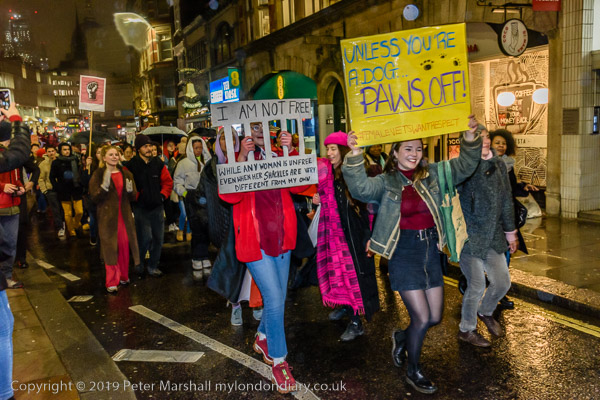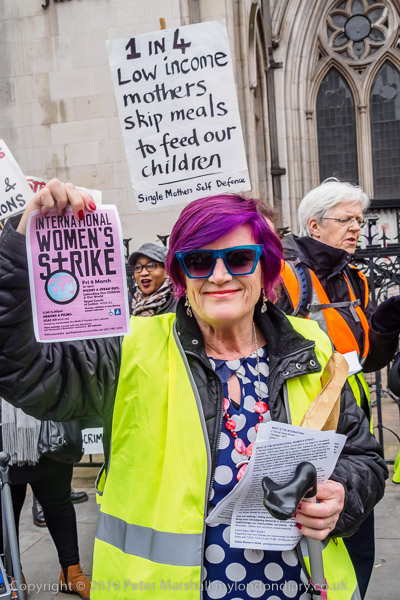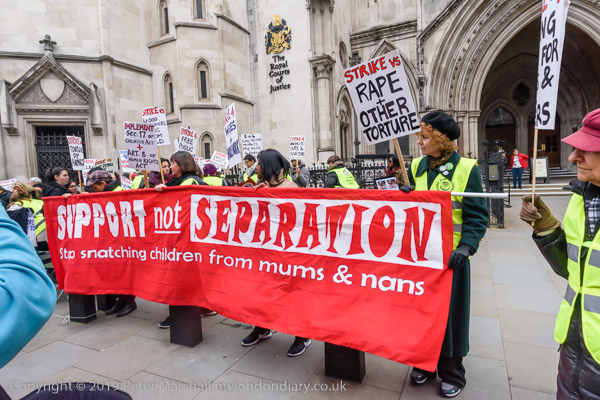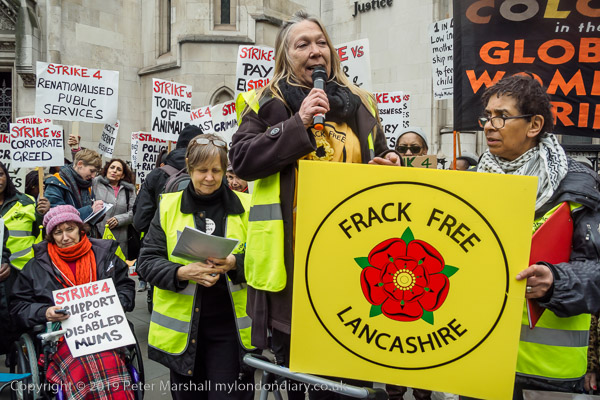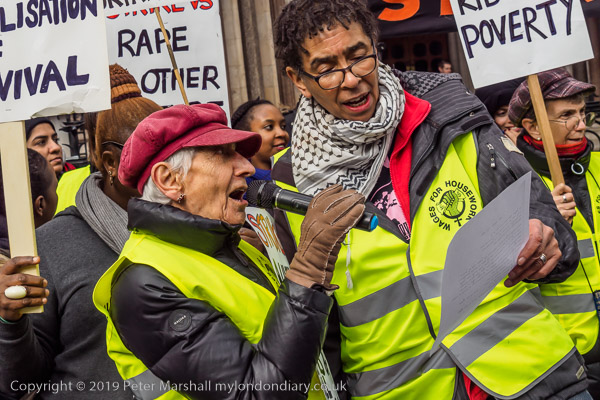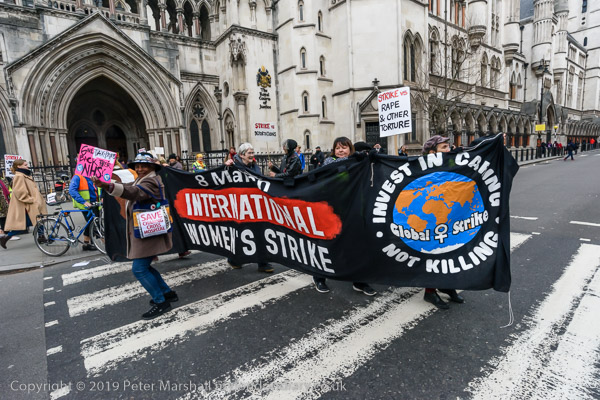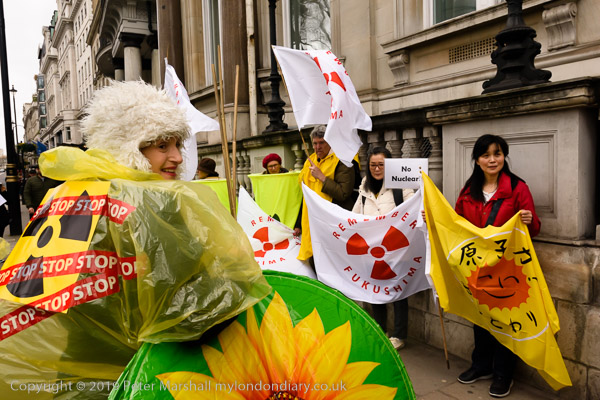
It’s hard to believe that it is 8 years since the nuclear disaster at Fukushima when three reactors went into meltdown on 11 March 2011, but it is a disaster that is still continuing, with high levels of radiation in parts of the plant and clean-up of the site will take many more years, although life is begining to get back to normal in the surrounding area.
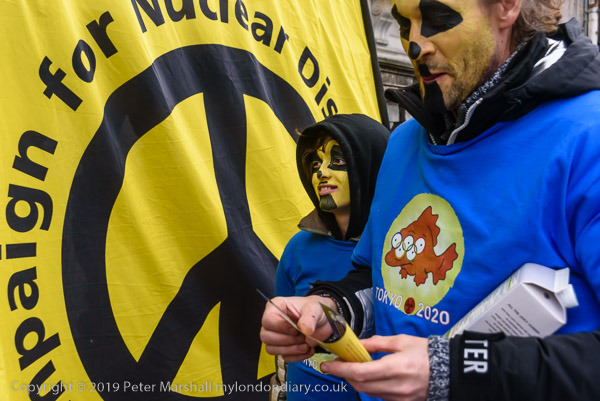
It is still far to early to give any definitive figure for the number of deaths th accident and its associated leak of radioactive material will cause, but Fukushima ranks only second to Chernobyl in the long list of nuclear accidents. One method of estimation suggests it will eventually result in around 130 deaths from cancer.
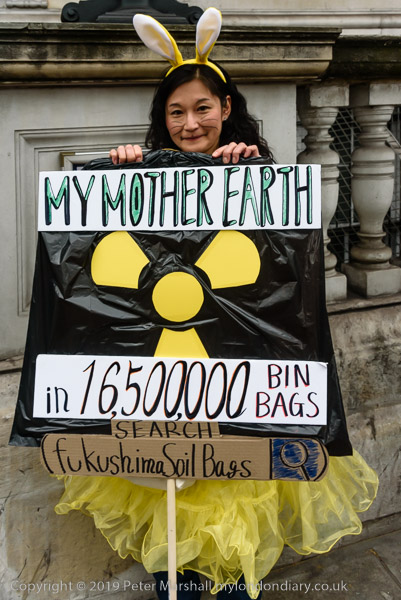
Nuclear power has never yet lived up to the promises made by its advocates of clean, abundant and cheap energy, and even though the costs of decommisioning nuclear power stations has largely been disregarded, the costs of nuclear energy run high. Nuclear power plants have largely developed around the world because of their production of isotopes for nuclear weapons rather than simply to provide energy. Unless and until it becomes possible to develop nuclear fusion reactors it would make sense to put nuclear on hold, and to concentrate investment on reducing energy use and backing low-cost renewables such as on-shore wind.
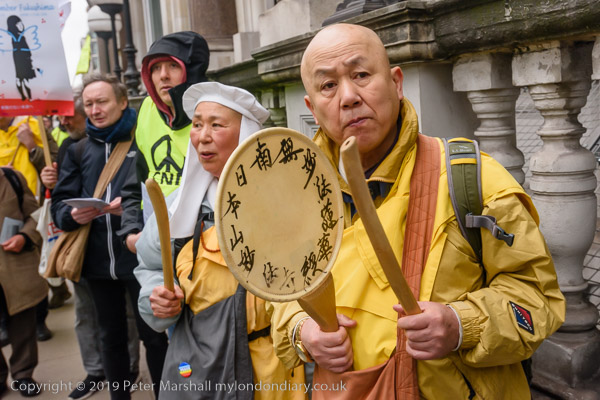
Although the health risk from Fukushima may be lower than some activists suggest, it has had huge disruption for those in the surrounding area, with many having to be evacuated. Clearly it was a nuclear facility in the wrong place and with inadequate regard for safety. The operator, Tokyo Electric Power Company (TEPCO), was found to have failed to meet basic safety requirements including risk assessment, preparations for containing collateral damage, and developing evacuation plans.
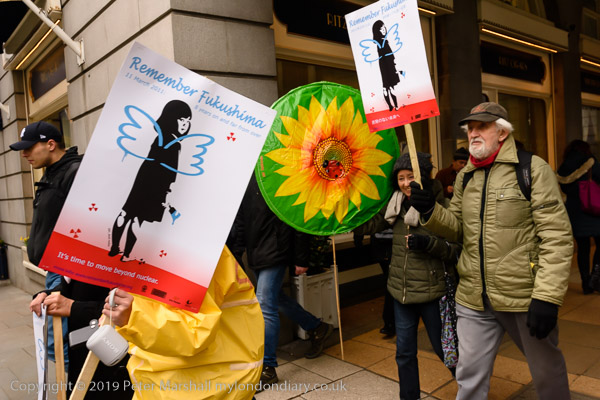
There continue to be regular protests about Fukushima in London, and an annual march on or close to the anniversary. I like to photograph them both because I think it important to end reliance on nuclear energy and becuase they are colourful and slightly surreal events, with people dressing as large bright yellow containers of nuclear waste and carrying large sunflowers, and some fine graphic posters.
There are no adverts on this site and it receives no sponsorship, and I like to keep it that way. But it does take a considerable amount of my time and thought, and if you enjoy reading it, please share on social media.
And small donations via Paypal – perhaps the cost of a beer – would be appreciated.
All photographs on this and my other sites, unless otherwise stated, are taken by and copyright of Peter Marshall, and are available for reproduction or can be bought as prints.
To order prints or reproduce images
